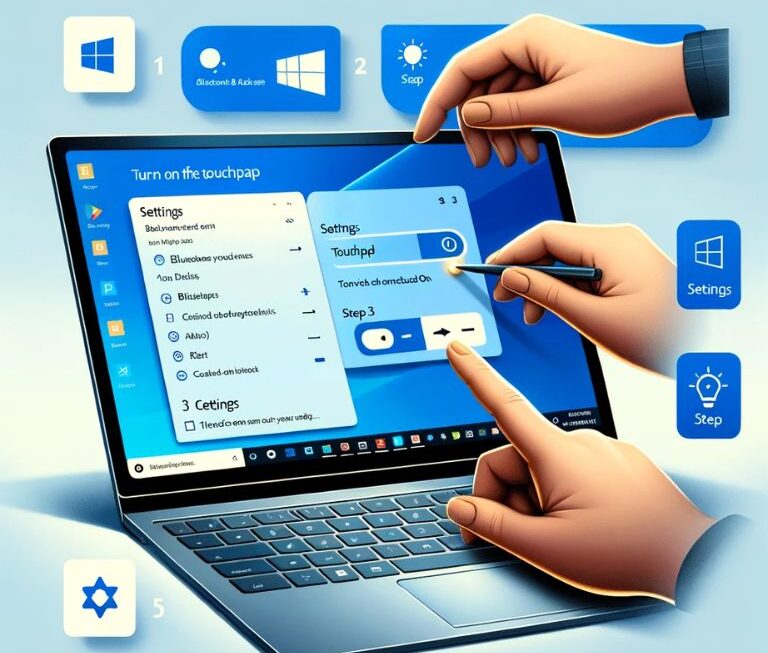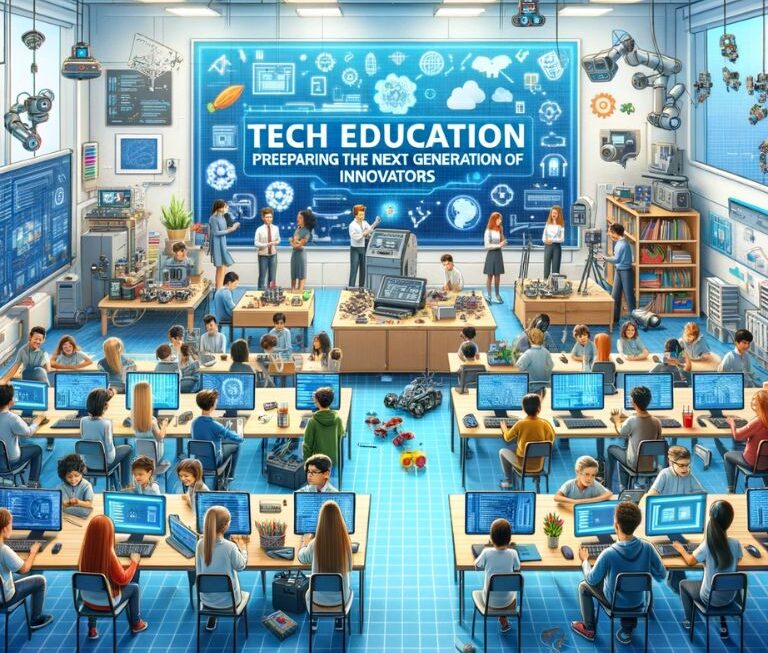The advent of remote work, significantly propelled by the global COVID-19 pandemic, has initiated a profound transformation in the landscape of computer hardware demand. This shift is not merely a temporary spike in sales but represents a fundamental change in how and where technology is used, impacting manufacturers, businesses, and individual consumers alike.
The Initial Surge in Demand
At the onset of the pandemic, organizations and individuals faced an urgent need to establish functional home offices almost overnight. This urgency led to an immediate and sharp increase in demand for essential computer hardware. Data from industry reports indicate that in the first half of 2020, there was a notable surge in sales of laptops, desktop computers, and related peripherals. For instance, a report by Gartner showed a significant increase in PC shipments in the second quarter of 2020 compared to the previous year.
Diversification of Hardware Requirements
The nature of remote work, which often involves video conferencing and constant digital collaboration, has also shifted the focus towards specific hardware attributes. High-quality webcams, noise-cancelling headphones, and reliable microphones have become almost as crucial as the computers themselves. This shift is reflected in the sales figures of these peripherals, which saw a marked increase during the same period.
Impact on Computer Specifications
The demand for higher performance machines has also risen. Remote work applications, from video conferencing to collaborative online tools, require robust processing power, higher RAM, and superior graphics capabilities. Consequently, there’s been a noticeable trend towards purchasing higher-end computers or upgrading existing ones. This trend is particularly evident among professionals who require powerful machines for tasks like graphic design, video editing, and software development.
A Global Phenomenon
This shift in computer hardware demand is not confined to a single region but is a global phenomenon. Markets in North America, Europe, and Asia have all reported similar trends. This global nature underscores the widespread impact of remote work on technology needs.
Long-Term Implications
While the initial surge in hardware purchases may level off as the situation stabilizes, it’s clear that remote work will continue to influence hardware demand. Organizations are re-evaluating their technology strategies to support a more flexible work environment, which could mean continued investment in hardware that supports remote work.
Evolving Hardware Specifications: Meeting New Performance Requirements
As remote work becomes increasingly common, the demand for computer hardware with specific performance characteristics has risen. This change reflects the evolving requirements of a workforce that relies heavily on technology to stay connected and productive. This section delves into how these evolving needs are shaping the computer hardware market, focusing on key performance aspects such as processing power, connectivity, and ergonomic design.
Enhanced Processing Power and Memory
The need for more powerful computers has become paramount in the remote work era. Applications used for video conferencing, cloud computing, and real-time collaboration are resource-intensive, demanding higher processing power and greater memory. The trend is towards multi-core processors and higher RAM specifications, which enable smoother multitasking and efficient handling of complex tasks. For example, a comparative analysis of popular laptop models from 2019 to 2022 shows a marked increase in the average RAM and CPU specifications, illustrating the market’s response to these new demands.
Importance of Reliable Connectivity
Remote work’s feasibility hinges on robust and uninterrupted internet connectivity. Consequently, there’s an increased focus on hardware that supports the latest Wi-Fi standards, like Wi-Fi 6, offering faster speeds and better handling of multiple devices. Additionally, the demand for Ethernet ports in laptops, once considered obsolete, has resurfaced, emphasizing the need for stable wired connections in home offices.
Shift Towards Better Display Technology
With remote workers spending long hours in front of screens, there’s a growing preference for monitors with higher resolutions, better color accuracy, and eye comfort technologies. Manufacturers are responding with screens that minimize blue light exposure and flicker, reducing eye strain. For instance, sales data from major electronic retailers indicate a significant increase in the purchase of 4K monitors and those with blue light filtering capabilities in the last two years.
The Rise of Ergonomic and Portable Devices
Ergonomics plays a crucial role in remote work setups. Lightweight, compact laptops with better battery life are in demand, catering to the needs of mobile professionals. Similarly, ergonomic accessories like adjustable stands, ergonomic keyboards, and mice designed to reduce strain during long working hours have seen increased sales.
Sustainability and Lifespan Concerns in the Era of Remote Work
The surge in computer hardware demand due to remote work brings with it significant sustainability and lifespan concerns. This section examines the environmental impact of increased hardware production and disposal, the industry’s response in terms of sustainable practices, and consumer trends towards more durable and repairable devices.
Environmental Impact of Increased Hardware Production
The rise in demand for computer hardware inevitably leads to increased production, which has a substantial environmental footprint. The manufacturing of laptops, desktops, and peripherals involves the consumption of valuable resources like metals and plastics, and also contributes to greenhouse gas emissions. According to a study by the Environmental Protection Agency (EPA), electronic waste is one of the fastest-growing waste streams, posing a significant challenge in terms of both resource depletion and environmental pollution.
Electronic Waste and Recycling Challenges
The lifecycle of computer hardware has become a crucial sustainability issue. As people upgrade to newer models more frequently to keep up with the demands of remote work, the disposal of older devices becomes a concern. Many components of computers and peripherals are not biodegradable and contain hazardous materials. Proper recycling and disposal are essential to minimize environmental harm. However, data from global recycling reports indicates that only a small percentage of electronic waste is properly recycled, underscoring the need for more effective e-waste management strategies.
Industry Initiatives for Sustainable Hardware
In response to these challenges, some companies in the computer hardware industry are adopting more sustainable practices. This includes using recycled materials in production, designing products for easier disassembly and recycling, and implementing take-back programs for old devices. For instance, a few leading tech companies have committed to reducing their carbon footprint and increasing the use of recycled materials in their products by certain target years.
Consumer Trends Towards Durability and Repairability
Consumers are increasingly aware of the environmental impact of their technology choices. This awareness is driving a trend towards devices that are not just high-performing but also durable and repairable. The Right to Repair movement, advocating for easier access to repair information and parts, is gaining momentum. In response, some manufacturers are designing products with longer lifespans and easier repairability, as seen in recent product releases.
The Future Landscape: Predicting Long-Term Trends in Hardware Demand
The future of computer hardware demand is set to change significantly due to remote work. Technological innovations, particularly in AI, battery technology, and energy efficiency, will enhance remote work capabilities. The shift towards cloud computing is expected to reduce the need for high-end personal hardware, leading to an increased demand for thin clients. Consumer preferences are likely to favor devices that are performance-oriented, portable, and environmentally sustainable. Additionally, corporate strategies will adapt to remote work needs, possibly through secure hardware investments, BYOD policies, or leasing models. These trends indicate a dynamic future for computer hardware, shaped by technological advances, cloud computing, sustainability concerns, and evolving corporate needs in the realm of remote work.




